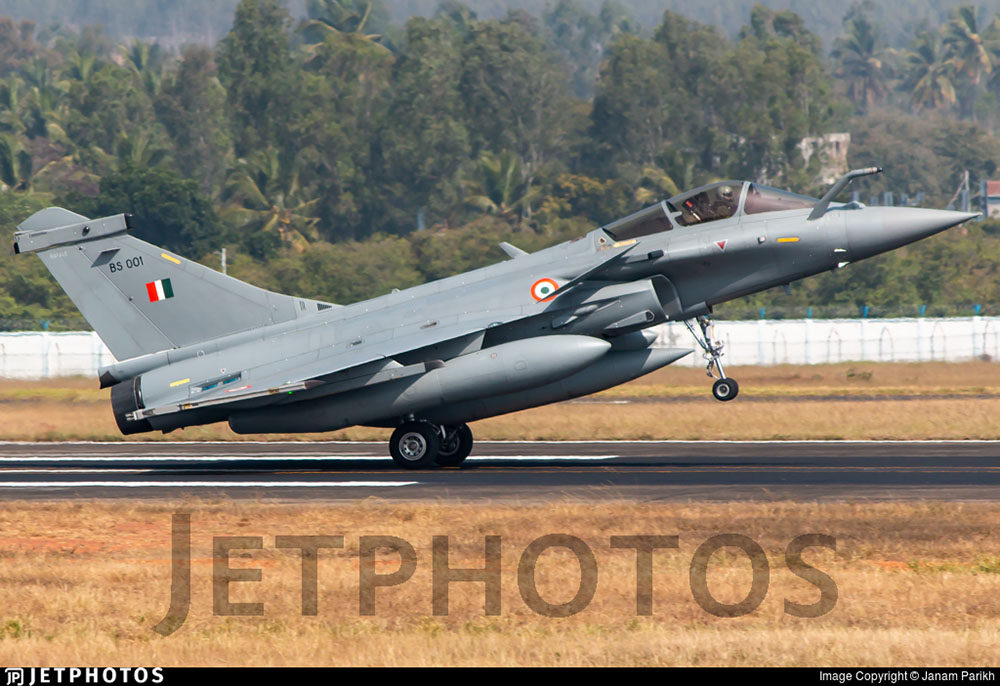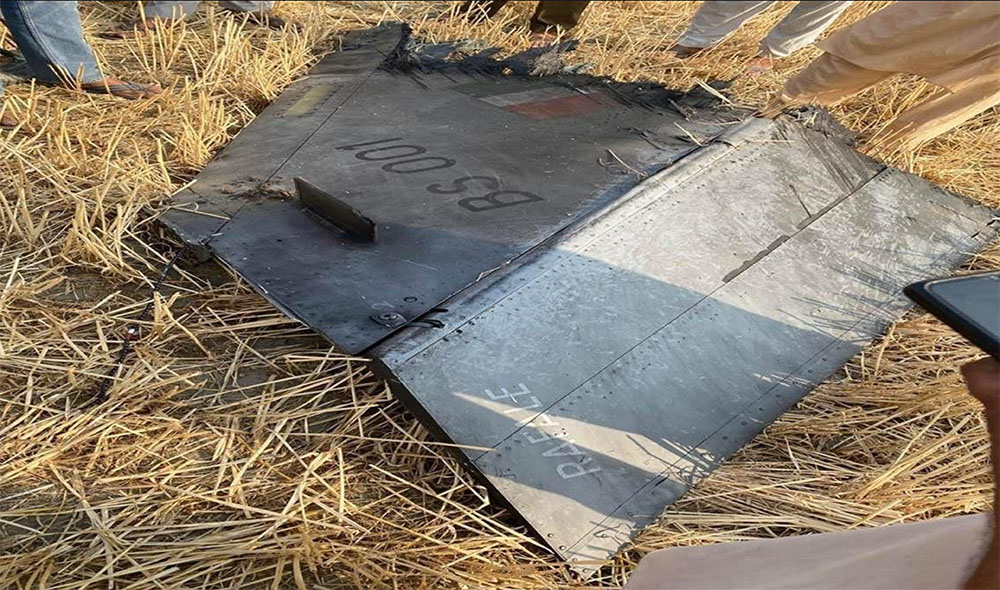BS001 Aviation Accident 2025-05-07
Fatal Accident (0/1) - Indian Air Force (IAF), Dassault Rafale EH, BS001, near Akali Kurd, India, May 07, 2025.
Interactive Map
Accident Information
| Approx. Accident Location | Aircraft Fat. | Aircraft Inj. | Ground Fat. | Ground Inj. | ASN Entry |
|---|---|---|---|---|---|
| 30°21'55.99"N, 74°52'25.87"E | 0 | 0 | 1 | 0 | Aviation Safety Network |
Aircraft Information
| Type | Operator | Registration | Serial Number | Manufacture Date |
|---|---|---|---|---|
| Dassault Rafale EH | Indian Air Force (IAF) | BS001 | EH01 | unkn. |
 |
 |
 |
 |
 |
 |
YouTube Accident Related Video(s)
ASX Accident Report
On May 7, 2025, at approximately 02:00 local time, a Dassault Rafale EH fighter jet belonging to the Indian Air Force (IAF), registered as BS001, crashed during a military operation. The aircraft had departed on a night sortie as part of Operation Sindoor, a retaliatory mission against identified terrorist installations in Pakistan and Pakistan-administered Kashmir. BS001 was part of the No. 17 “Golden Arrows” Squadron and represented the first Rafale EH delivered to the IAF. The crash occurred during the en route phase of the mission, under military operation parameters, with the aircraft being declared destroyed as a result of the incident.
The crash site was identified in the village of Akali Khurd, near Aklian Kalan in Bathinda District, Punjab, approximately 20 kilometers from Bhisiana Air Force Station. Initial witness reports and photographic evidence confirmed the aircraft as a Rafale, citing debris such as pylon mounts and engine fragments. The pilot, the sole occupant onboard, successfully ejected and was taken to a nearby medical facility for treatment. His identity and condition were not released by the IAF at the time of reporting. Upon impact, the aircraft’s remaining onboard ordnance detonated in a secondary explosion, contributing to the total damage and civilian casualties.
One civilian fatality was reported in connection with the incident. The deceased, identified as Govind, a migrant worker from Charkhi Dadri in Haryana, had reportedly approached the wreckage with a mobile phone when the munitions exploded. He died instantly. In addition to Govind, nine other civilians sustained varying degrees of burn injuries from the subsequent fire and debris. These individuals were harvesting wheat near the impact zone, approximately 500 meters from the closest residential area. Emergency services, including local police, fire teams, and later IAF and Indian Army units, arrived quickly on scene and established a secure perimeter.
The crash followed shortly after Indian Air Force sorties targeting terror-related facilities as part of Operation Sindoor, launched in response to a deadly terrorist attack in Kashmir that had killed 26 individuals days earlier. Pakistani military sources claimed multiple Indian aircraft were intercepted and shot down during the mission, though Indian authorities only acknowledged the loss of one aircraft—BS001. Analysis of missile debris at the site included remnants consistent with a PL-15E air-to-air missile, suggesting the possibility that the aircraft was targeted and struck by a Chinese-supplied J-10C fighter platform operated by Pakistan.
While the Indian Ministry of Defence has not publicly confirmed whether the aircraft was downed by hostile fire or experienced a systems failure, investigators are analyzing flight data and recovered wreckage. The secondary explosion complicates on-site forensics, but initial assessments have focused on both propulsion and survivability systems. The Rafale EH variant is equipped with Snecma M88-2 engines, a digital flight control system, and radar cross-section reduction measures, making it a front-line multirole combat asset in the IAF’s strategic inventory.
The loss of BS001 represents the first recorded operational loss of a Rafale aircraft in Indian service and has drawn strategic attention due to the implications for Indo-Pakistani aerial engagements. It also raises questions regarding the survivability of advanced aircraft in contested airspace where modern long-range missiles and radar systems are in play. The IAF’s operational and strategic community is expected to review mission protocols and aircraft survivability as part of the ongoing investigation into this high-profile incident.
This page will be updated as more information becomes available.
Tracking and Social Media
- Flight Tracking: Flightradar24, FlightAware, ADS-B Exchange, AirNav Radar
- Social Media: Facebook, Instagram, X (formerly Twitter)
Sources and References
